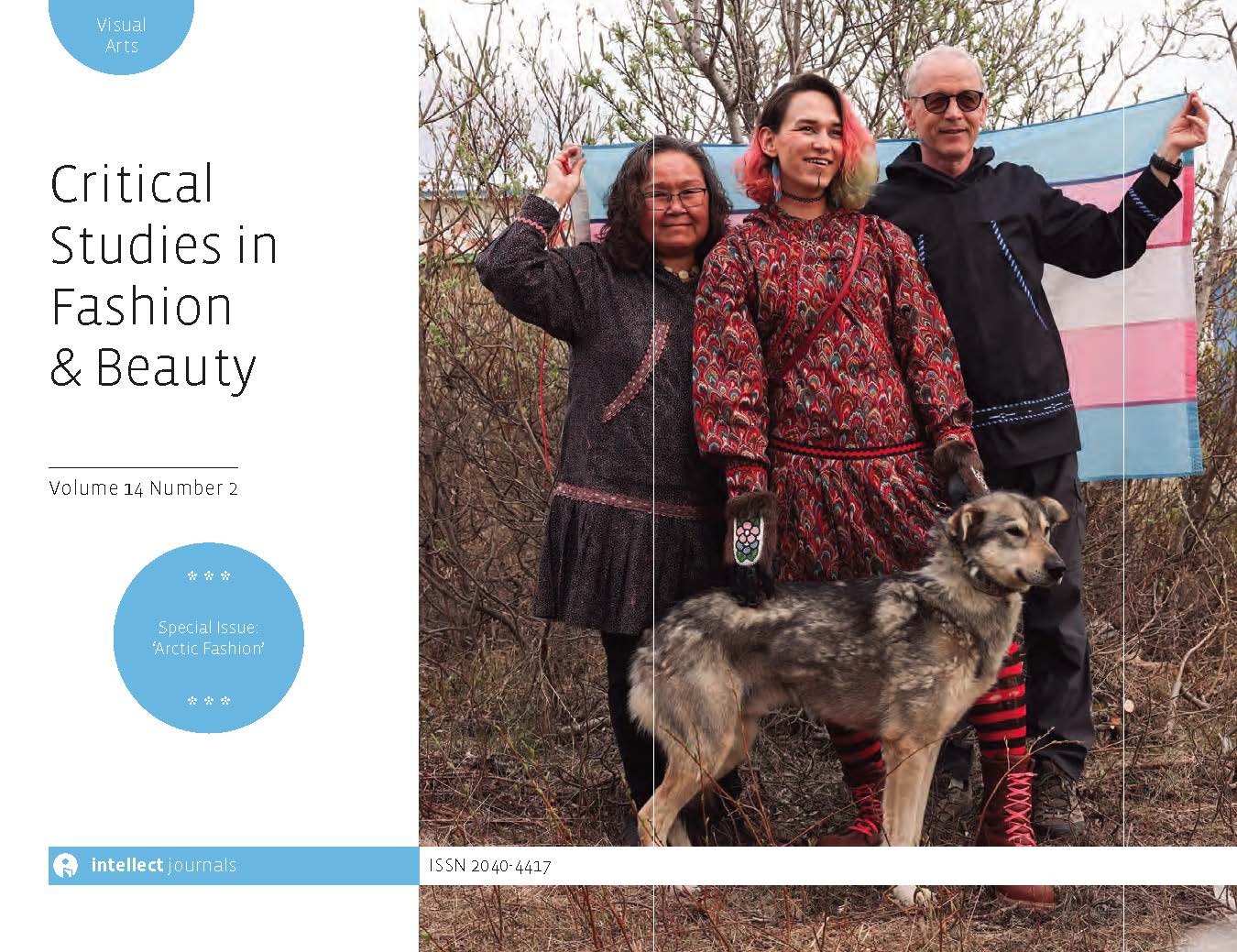
Full text loading...

In contemporary societies, physical appearance is more important to more people than ever before. This article sketches the expansion of this contemporary beauty regime. Drawing mainly on European data, I argue that since the late 1800s the societal importance of appearance grew, as a result of expanding media and consumer cultures, social democratization, a shift to a service-based economy and the rise of new media. People came to have more developed and diverse tastes in human beauty and more opportunities to cultivate their appearance. It became more important to be beautiful, for men and women, across the course of life, in more domains of life. Drawing on the tradition of process sociology inspired by Weber and Elias, I interpret this gradual raising of cultural standards as the emergence of a beauty regime involving new standards for social control and self-control, standards for moral and aesthetic evaluation and standards for social worth and self-worth. The beauty regime is demanding and constraining for individuals but contributes to the emergence of durable social constellations that people might consider progress. The beauty regime makes appearance more central to many domains of life, and thus more consequential for identities and inequalities, self-worth and social worth.

Article metrics loading...

Full text loading...
References


Publication Date:
https://doi.org/10.1386/csfb_00046_1 Published content will be available immediately after check-out or when it is released in case of a pre-order. Please make sure to be logged in to see all available purchase options.